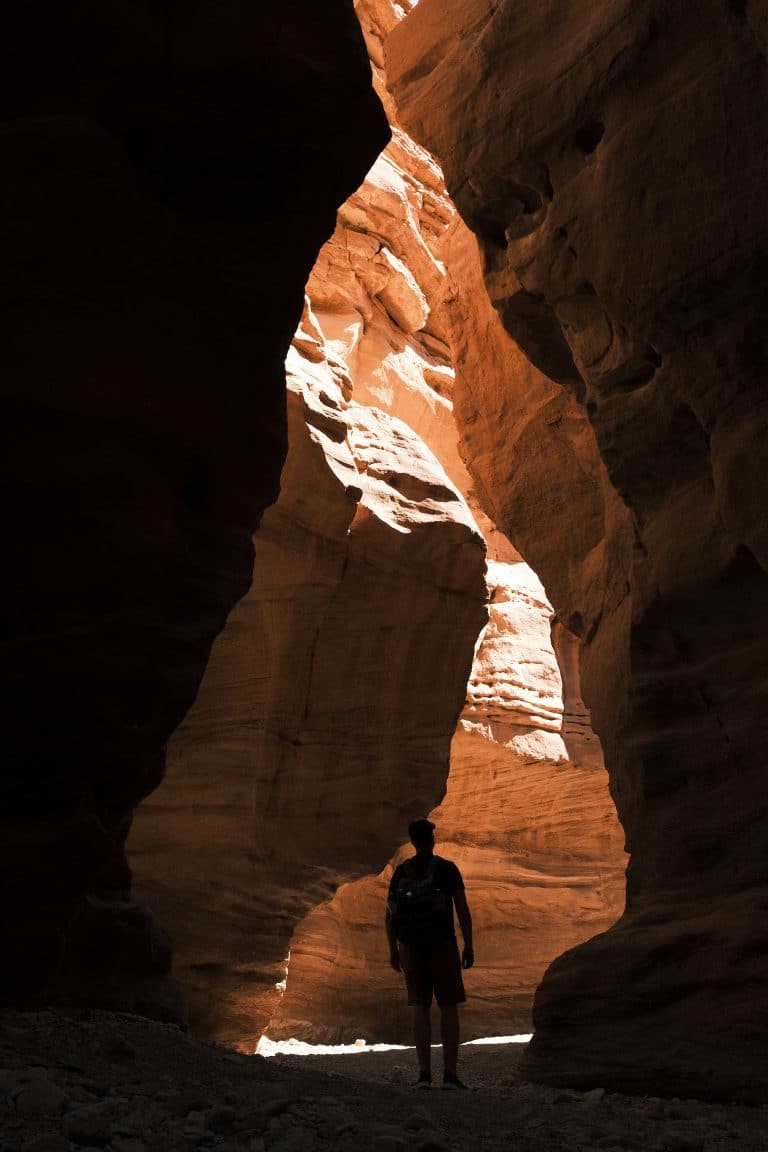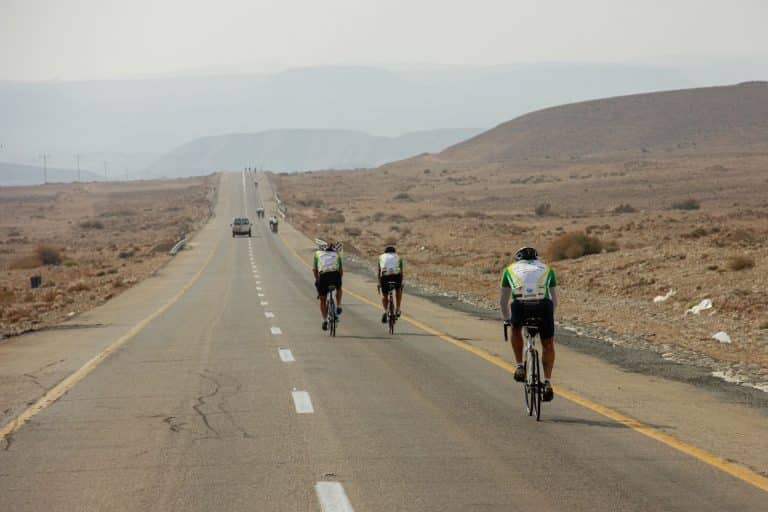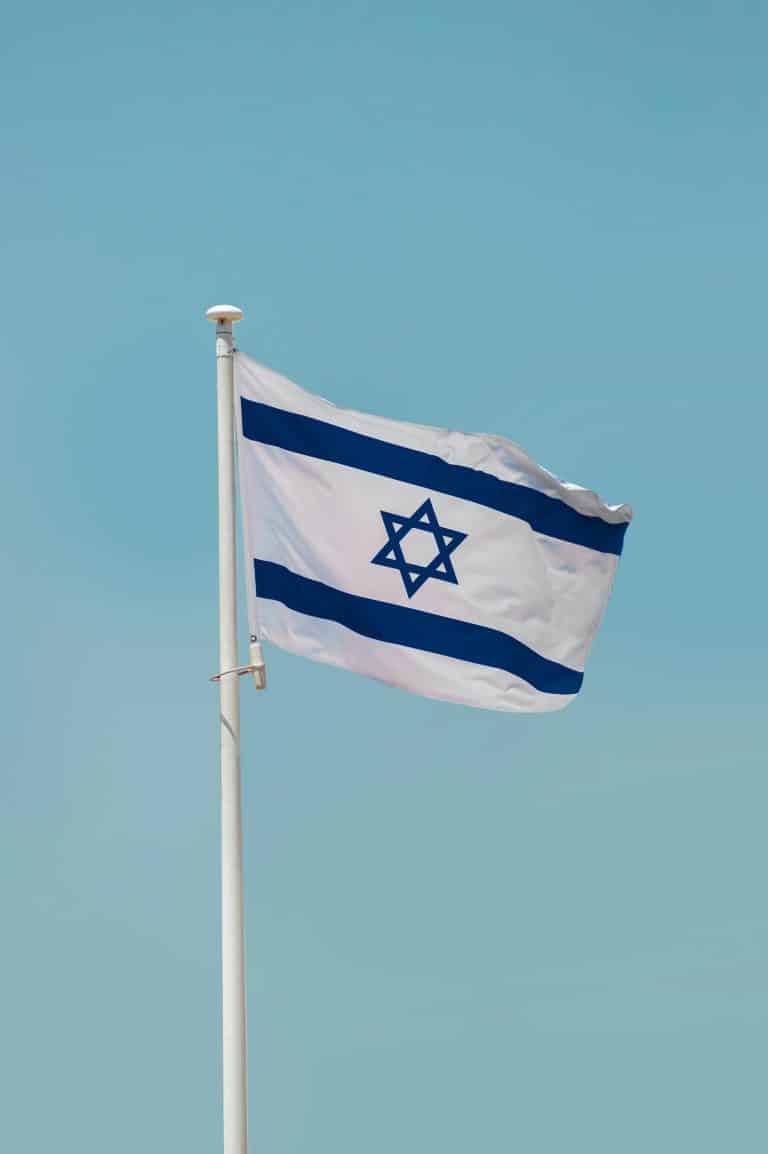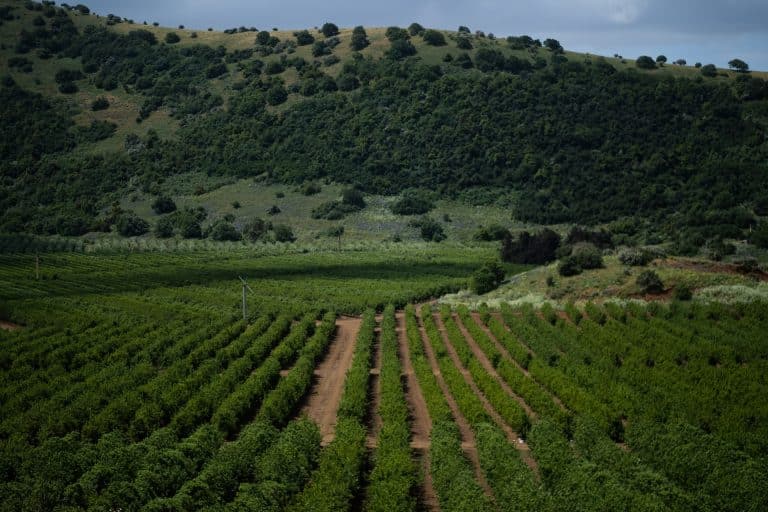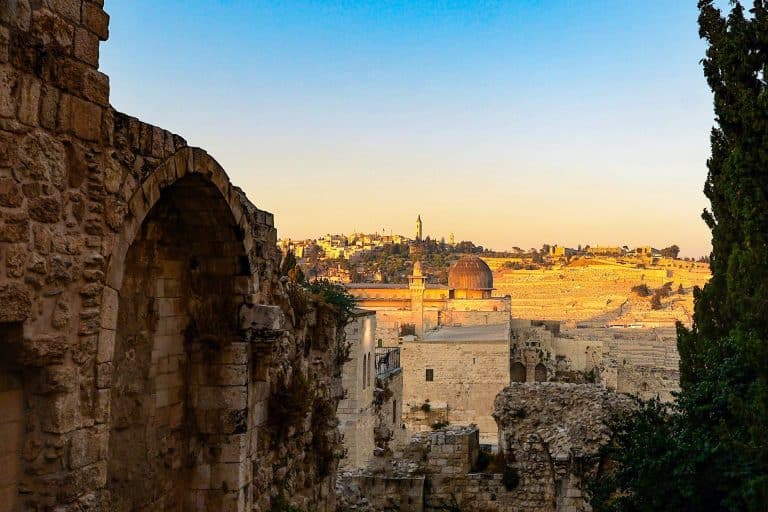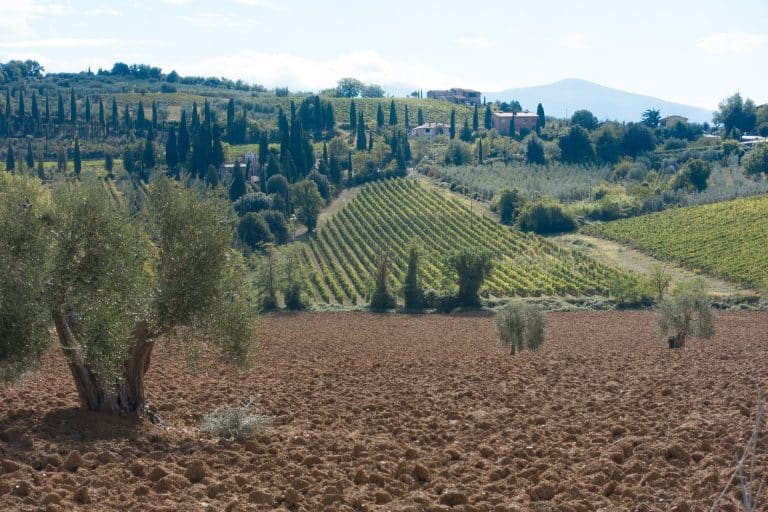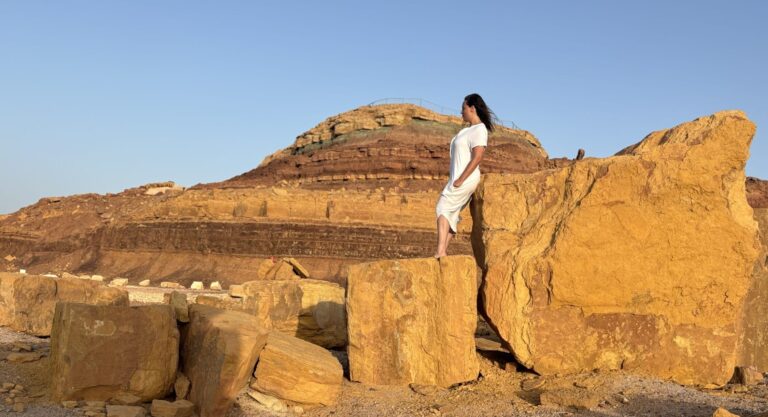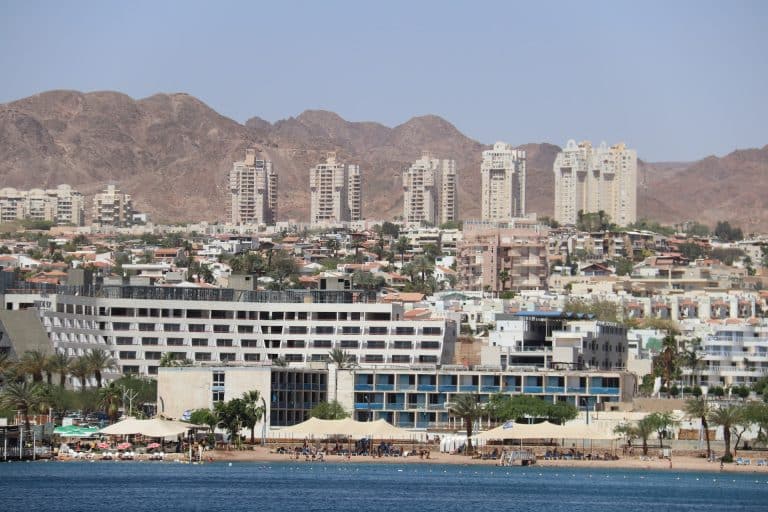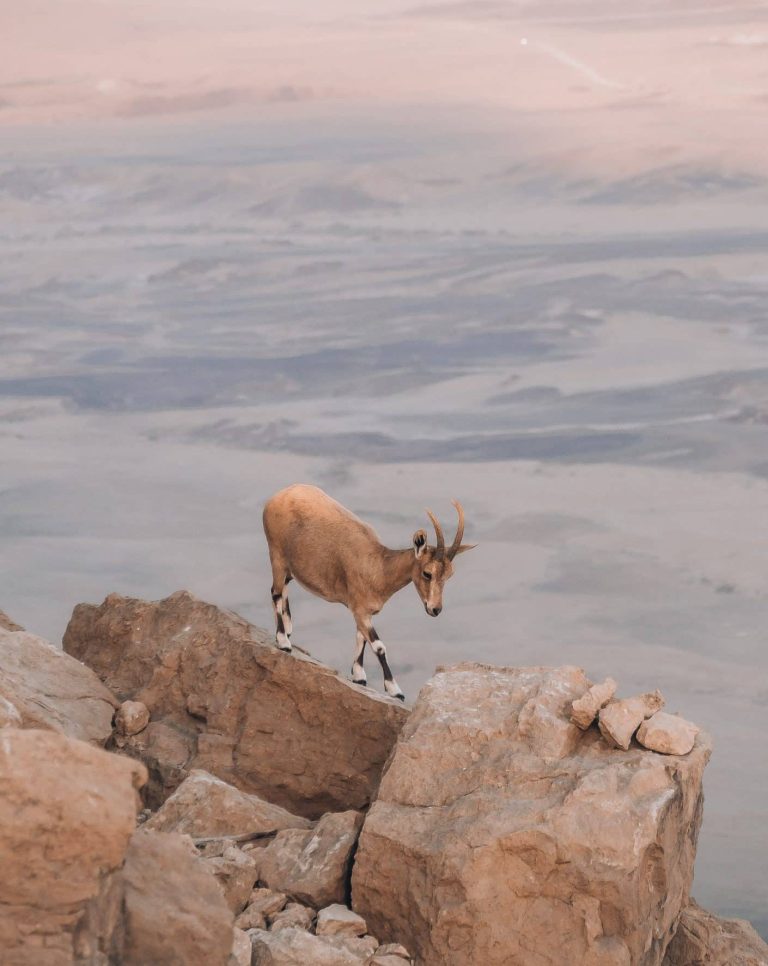The Israel National Trail is an epic trek that crosses the entire land of Israel, from Tel Dan all the way to Eilat, across 1,050 kilometers/652 miles. With an ever-changing scenery, including the mountainous Galilee, the beautiful beaches of the Mediterranean, the cities of Jerusalem and Tel Aviv, and the stunning desert, and a unique and developed culture that revolves around the trail, it is considered by many to be among the best treks in the world. Here, we will give you our comprehensive guide for hiking on the Israel National Trail, whether it’s for a one-day section or for the full two-month trek.
The culture around Israel National Trail
The Israel National Trail (INT) is the most famous and popular trail in Israel, and it’s very rare to find a local who never walked at least one part of the trail. As one trail that passes by a huge amount of the major sites to see in the country, the trail, which was opened in 1995, really has it all.
In the spring and autumn, when you walk here, you will find big groups of young adults, usually right after their military service, who are on their way to complete the entire trail in one go, over about a two-month period. They are commonly referred to as “Shvilistim”, and they call the trail itself “Hashvil”, which means “The Trail”.
In addition, on the weekends, many families go out to the trail, as plenty of families in Israel have the habit of hiking one section every weekend (or every month), and thus completing the entire trail over a long period of time.
The big popularity of the Israel National Trail has led to a wide network of trail angels, who, similarly to angels in the Appalachian or Te Araora trails, provide assistance for hikers on the way. In many cases, they provide accommodation, food, laundry services, and more, either for free or for a small donation.
Best one-day sections of the Israel National Trail
Nahal Oron – Nahal Mador
A section known as the hardest day of the Israel National Trail, but rest assured, the challenge is so worth it! On this day you will walk on Mount Karbolet, a walk that will make you feel as if you are on top of the world – between a cliff and a slope, surrounded by the sky and views of the Large Crater.
The route passes through Nahal Afran, which is perhaps the most beautiful river in Israel. Crossing the river’s path is an adventurous hike of which will require you to climb at difficult angles using pegs. On your way here, you’ll also be rewarded with several natural pools, perfect for wading after a difficult ascent.
Be’er Ora – Timna Park
A stunning hike in the scenery of the Eilat mountains, where countless types of rocks meet and create a colorful and wonderful view. This 13 km/8 mile route that ends at the ancient copper site of Timna Park, one of the most beautiful natural sites in the Negev, which also includes the magnificent Solomon Pillars.
Kinneret – Kfar Kish
A great option for a day trip on the trail, with stunning views, especially during winter or spring, when the visibility is clear and the entire region is green.
On this day, you will hike through Nahal Tabor, perhaps the most impressive natural site in Jezreel Valley, and for good reason, as this trail will provide you with a walk between vineyards and orchards and one amazing observatory overlooking the Sea of Galilee – Mitzpe Alot.
Ein Hod – Ramat Hanadiv
This lovely route goes through the impressive Mount Carmel, one of the only places in Israel that is suitable for a trip in all seasons. This diverse hike passes through a charming artists’ village, a green forest, great viewpoints towards the sea, a well-kept and blooming garden, and prehistoric caves.
So although this is a relatively long section of the trail (28 kilometers/17.4 miles), it’s worth it no doubt, as the effort will reward you with some of the most beautiful places in the country, on one long day.
Hiking the entire trail: everything you need to know
Time and direction
There are two popular seasons for trekkers who plan to do the entire trail: The autumn season, usually from mid-September to mid-November, and the spring season, usually from March-May. In the autumn season, the trek is done from north-south, while in spring, it’s done from south-north.
When it comes to the overall time of the trek, most people would complete it in about 2 months. The trail is made up of 44 daily sections, but when factoring in rest days and occasional stops on the way, 2 months is the ideal time for the full experience.
Navigation
The trail is well-marked along the entire way, with a unique markings of white, blue, and orange, signaling the white snow of the north, the blue Mediterranean Sea, and the orange color of the Negev. Thanks to the clear marks, it’s not necessary to carry maps of the entire trail. However, we would highly recommend using navigation apps, that will help you plan your trip. One of the most popular navigation apps in Israel is called Amun Anan, as it includes trail markings of the entire way.
What to pack
Shoes – along with the backpack, the shoes are the most influential accessory on the trek. The shoes should be tall and strong, and you should check how comfortable you feel wearing them with a heavy bag on your back.
Backpack – the backpack is your home for the entire trip, so here too it is recommended to make sure you get a suitable and comfortable backpack. The backpack should have a volume of 65-80 liters.
Clothes – it is recommended to take comfortable hiking pants and a dry-fit shirt with one additional set to change. When it comes to socks and underwear, we’d recommend to take about three pairs. In any case, it is not recommended to take very warm or massive clothes such as coats and other heavy clothing items.
Sleeping bag – it is very important to choose the right sleeping bag for the trip, as it will be your home for those 60 days on the trail. Here, it’s important to take a sleeping bag that’s relatively warm, as you may get cold in the desert nights.
In addition, you should pack field cooking equipment, personal hygienic items, and a flashlight. We would also highly recommend hiking with trekking poles, which will protect your knees during this long and challenging trek.
There are suitable places for grocery shopping on most days, except for the desert, where you should stock up for a few days at a time.
Group hikes and partners
If you want to trek across the entire Israel National Trail, but you want to find a trail partner, there are many ways to do so. If you will join dedicated social media groups, we’re sure you will find a hiking partner in no time. In addition, there are many different organized tours of the entire trail. Those include organizations like Walk About Love and other unique initiatives.
Accommodation
While there is a plan to build huts along the entire trek, for now, the only option for the trek is to sleep in tents or sleeping bags. Thanks to the comfortable weather in Israel, it’s one of the best places in the world to stay outdoors, and the trail’s campground is always filled with joyful hikers who cook, sing songs and make fires together every night, which adds a lot to the whole experience.
In addition, on some of the nights, especially in the northern part of the trail, you will be able to stay with trail angels. However, in order to do that, you should contact them in advance through social media.
Overall cost
Without a doubt, the Israel National Trail is the cheapest way to travel in Israel and is also one of the cheapest long-distance treks in the world. As the trek doesn’t require a permit, and you won’t have to pay for accommodation or transportation throughout the trek, your only expenses will be on food and equipment. Most people would estimate their day-to-day expenses on the trail to be about 1,000-2,000 ILS for the entire trek.

